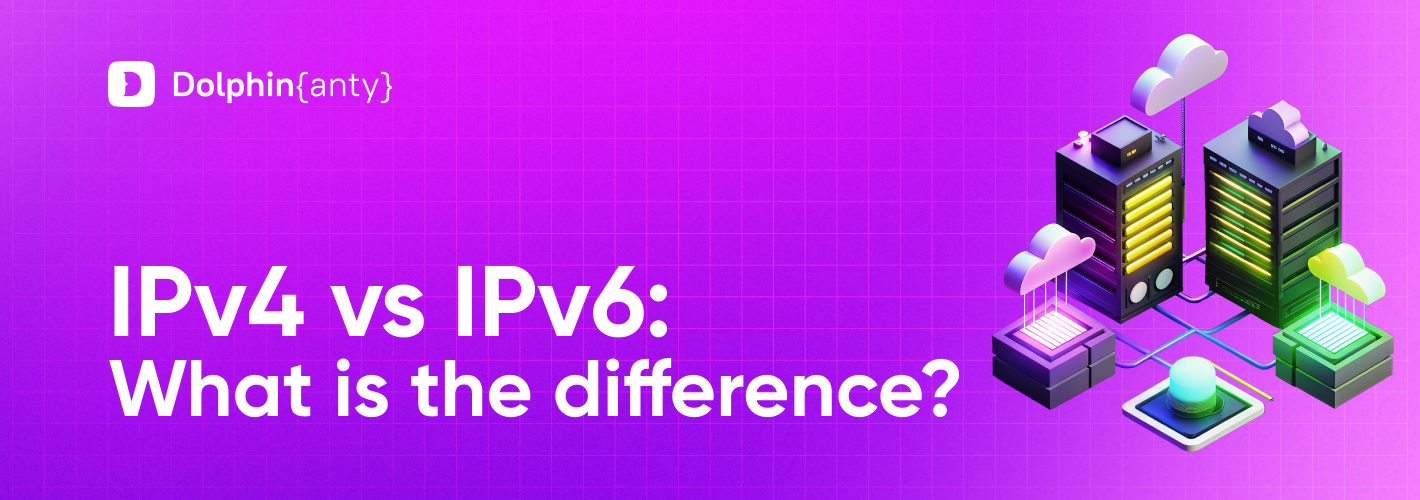IPv4 and IPv6 Proxies: Features and Differences
Blog » IPv4 and IPv6 Proxies: Features and Differences
Proxy has long ago become one of the most necessary consumables for changing IP, data parsing, effective multi-accounting and other tasks. Its main goal is to bypass imposed restrictions and help stay anonymous on the Internet.
And like any technology, proxies are constantly evolving. As a result, different types of proxies appeared: server, resident, dynamic, static, mobile, and others. But all of them function on the basis of two main protocols: IPv4 and IPv6. The abbreviations stand for Internet Protocol version 4 and Internet Protocol version 6. Read our text to see what IPv4 and IPv6 are, about the difference between IPv4 and IPv6, comparison of these two protocols, reasons why one should use IPv6 instead of IPv4, and also about an effective management tool for any type of proxies.
Some Facts from History 🤓
🔗 The IPv4 proxy address appeared in the 80s of the last century. It was a device’s unique address on the Internet, consisting of four blocks with numbers from 0 to 255, which were separated by a dot like 192.158.1.38. All in all there could be a little more than four billion such addresses.

🔗 In just about 20 years, this pool of IPs has run out of stock, and this became one of the main reasons why people had to switch to IPv6. In case of IPv6, the address also consisted of several blocks, but in a hexadecimal notation. Now itlooked like this: 2001:db8:3333:4444:5555:6666:7777:8888.

Thus, the answer to the question “What is an IPv6 proxy?” is quite unambiguous — it is the same IP, but slightly different. At the same time, changing the address format is not the only difference between IPv4 and IPv6 proxies. 👇
⭐️ Looking for quality proxies? Check out our ranking of the best sellers.
What is the difference between an IPv4 proxy and an IPv6 proxy? 🤔
Before moving on to the differences between IPv4 and IPv6, we need to note some common points. Both types of proxies can still be used today. They function perfectly and are used for surfing the Internet both for entertainment and for work. Basically, they are used for multi-accounting and maintaining anonymity. This is where the similarities end.
And here are the differences between IPv4 and IPv6 proxies:
- Number of free addresses. IPv4 had 4.4 billion free addresses, and IPv6 proxies had much more: 300 million per user, which became possible due to the increased number of alphanumeric combinations.
- Rent price. Since IPv4s are in short supply, they are not difficult to find, but they cost more, on average 1.5-2 times, depending on the place where you want to buy them. At the same time, you can buy addresses on IPv4 and IPv6 proxy servers from any good supplier.
- Monitoring of the transmitted data packets’ integrity. In case of IPv4, this task falls on the third-party TCP protocol (Transmission Control Protocol), but IPv6 copes with everything independently.
- IPv6 and IPv4 also have different connection speeds. The new protocol works faster, which makes it a better solution for resource-intensive tasks like video conferences and other where large amounts of data are transferred. This is one of the main advantages of IPv6.
- Ping is lower with IPv6 proxy, which allows you to receive responses from the requested resources faster. This fact makes it relevant, for example, for trading digital assets with dynamic pricing and online games.
- Security. One of the features of IPv6 is that it independently encrypts all transmitted data which makes it much more difficult to intercept and hack than IPv4. It significantly increases privacy and anonymity on the net.
Which Proxy is Better to Use: IPv4 or IPv6?
If it seems to you that IPv6 is completely superior to the older version of the protocol, then this is not entirely true, despite all its advantages. The disadvantages of IPv6 are known and are as follows:
- Lack of compatibility with IPv4. With the advent of IPv6, computer networks were already immense, so it was just impossible to quickly transfer everything to the new standard. Therefore, it turned out that both technologies are now being duplicated.
- Resource intensity. Using IPv6 requires much more resources from the network. If this is not so noticeable during home utilization, then on an industrial scale the situation is quite different. For example, the load on networks and infrastructure in large enterprises becomes much more of a problem. As a result, security algorithms have to check a much larger number of IP addresses for insecurities.
- Due to the scarcity of IPv4 addresses a special algorithm was added, when several devices were united by one address to access the net, which made it possible to hide them from intruders without any additional actions and costs.
- The cost of migration to IPv6 is also a limiting factor to its widespread adoption. There is no benefit from supporting both protocols, because IPv4 still feels great, and the addresses are still available.
Because of these shortcomings, there is no clear answer to the question “Which proxy is better: IPv4 or IPv6?” Almost all sites support both of these protocols, so no one has problems surfing the network, regardless of which version users have.
How to Find out what You Have: IPv4 or IPv6? 🔎
If you’re interested in finding out which protocol version your device is using on your network, there’s a very easy way to do it. Go to any search engine and type the request “my IP”. As a result, you will receive your address either immediately or via the first link. You will also learn a lot of interesting things about your device and its fingerprint based on your IP:

How to Use a Proxy in a Convenient Way
One of the best solutions for proxy management is the antidetect browser. It is a special software that creates browser profiles and replaces the device’s digital fingerprints in them.
📚 Learn more about digital fingerprints here.
For example, the antidetect browser Dolphin Anty supports both proxy protocols and provides the ability to use them in browser profiles. Each profile represents a separate device with a unique set of browser fingerprints, and by setting up a proxy in it, you completely imitate another user. Thus, in Dolphin Anty you can create an unlimited number of unique profiles that are suitable for creating multi-accounts on any website.
To set up a proxy, you just need to buy an IPv6 or IPv4 proxy, and then add them to your browser profile. This can also be done through the proxy manager in the “Proxies” tab (1), using the “➕” (2).
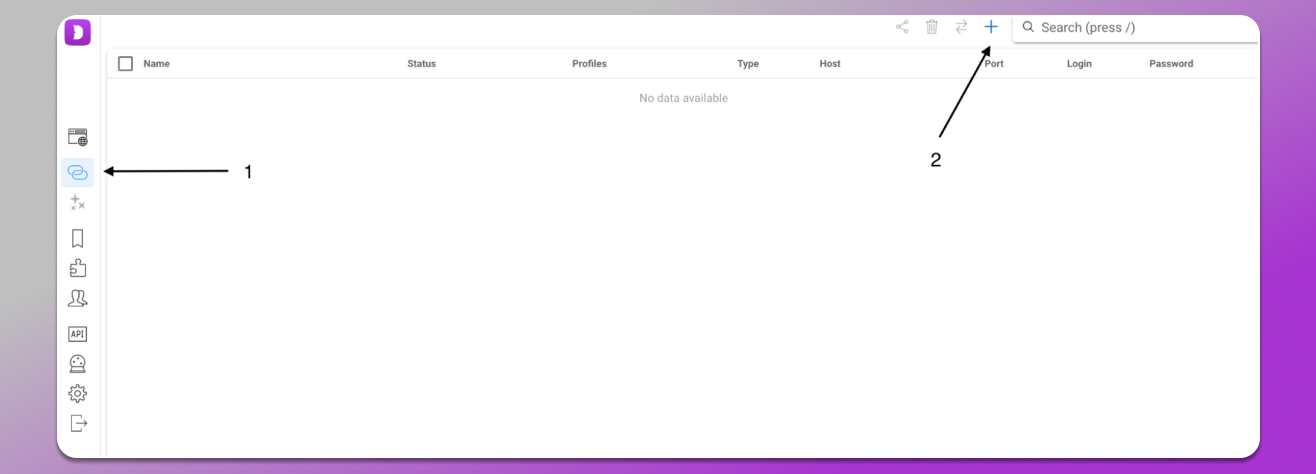
In the opened window, insert the proxy data in a valid format and that’s it — save the server to add it to the profile later.
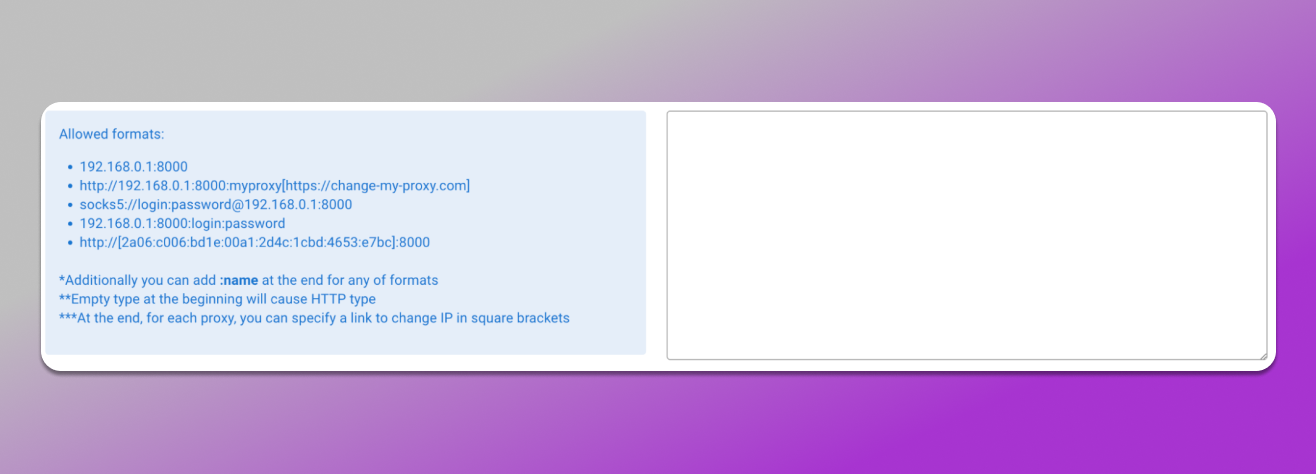
To add a proxy to your profile, you need to create a new profile on the “Browser Profiles” tab (1) using the “➕” (2).
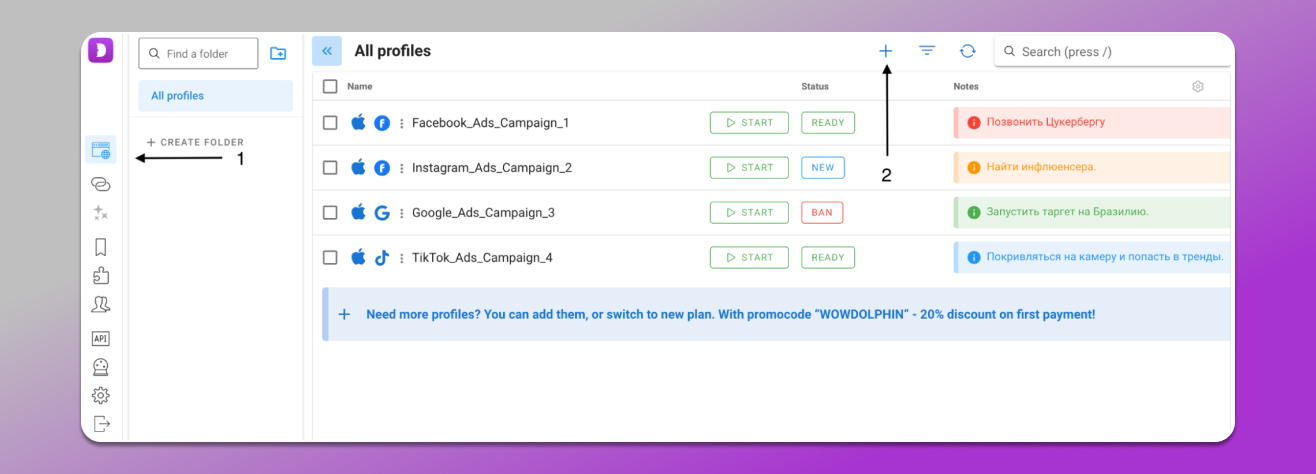
Then scroll down a little to the “Proxy” field and fill in the required data. Or select from the saved list by clicking on the “Saved proxies”.
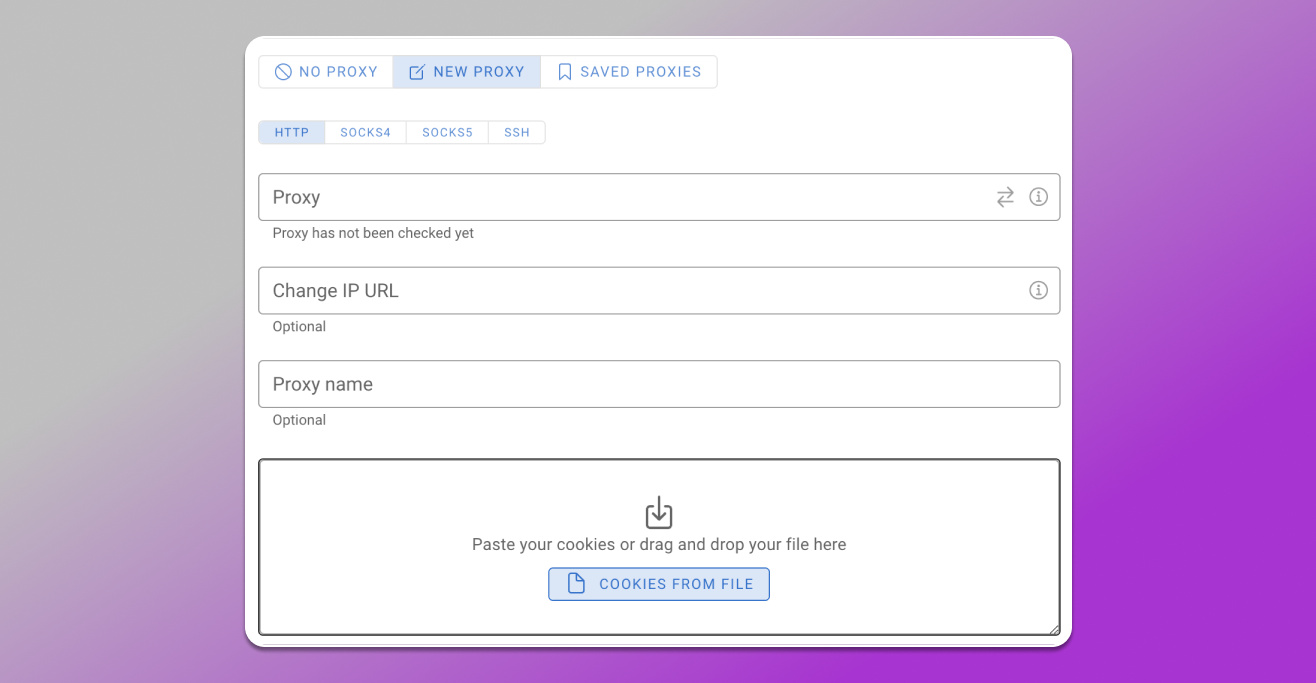
The proxies will be added to the profile and ready for use. 👌🏼
Conclusion
In general, the answer to the question about which protocol is better: IPv4 or IPv6 is disputable. Both protocols are in demand and are often simply interchangeable. You can buy addresses on IPv6 servers and IPv4 servers without any problems in almost any store that sells proxies. And it’s easier and more convenient to use them through the Dolphin Anty browser.
